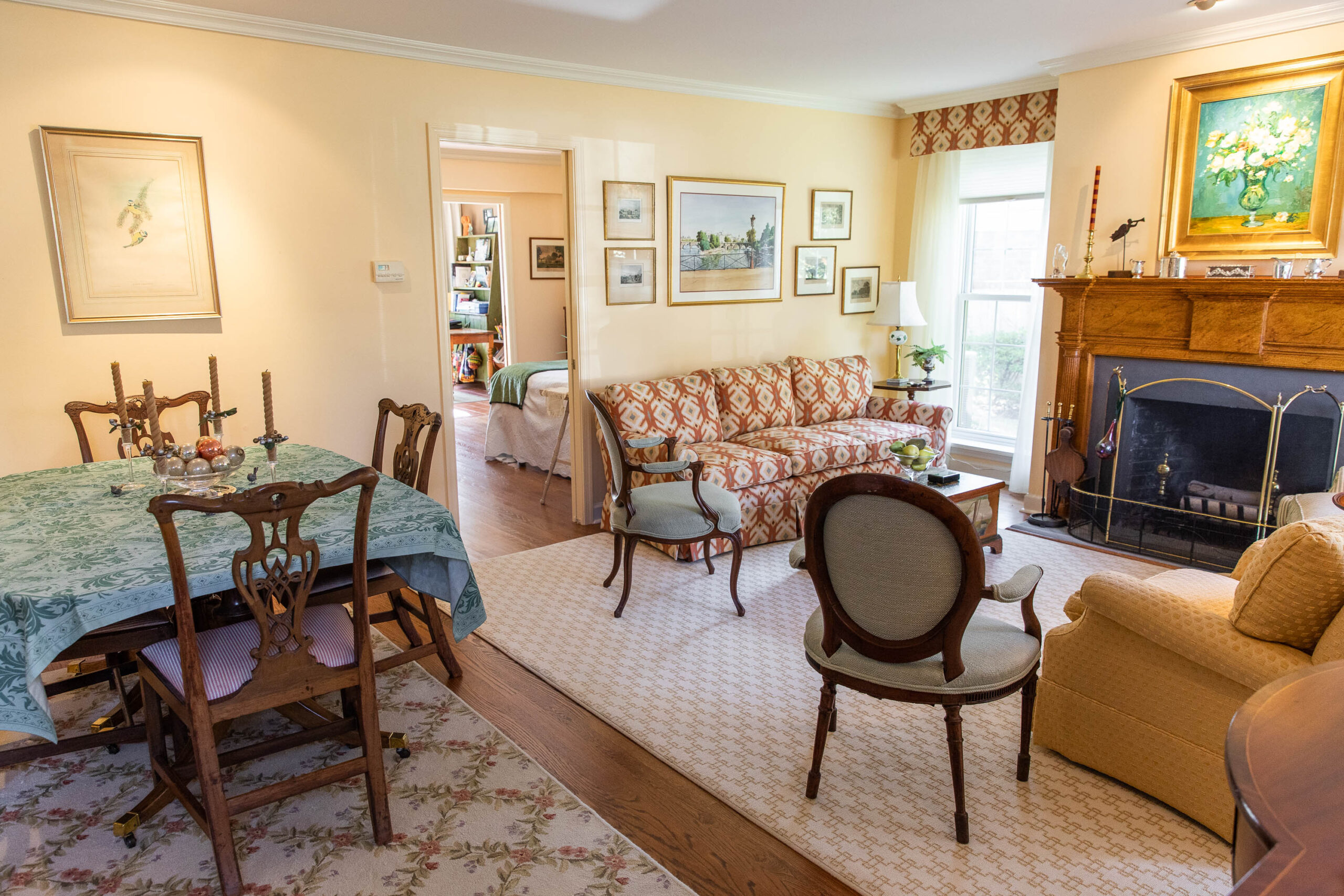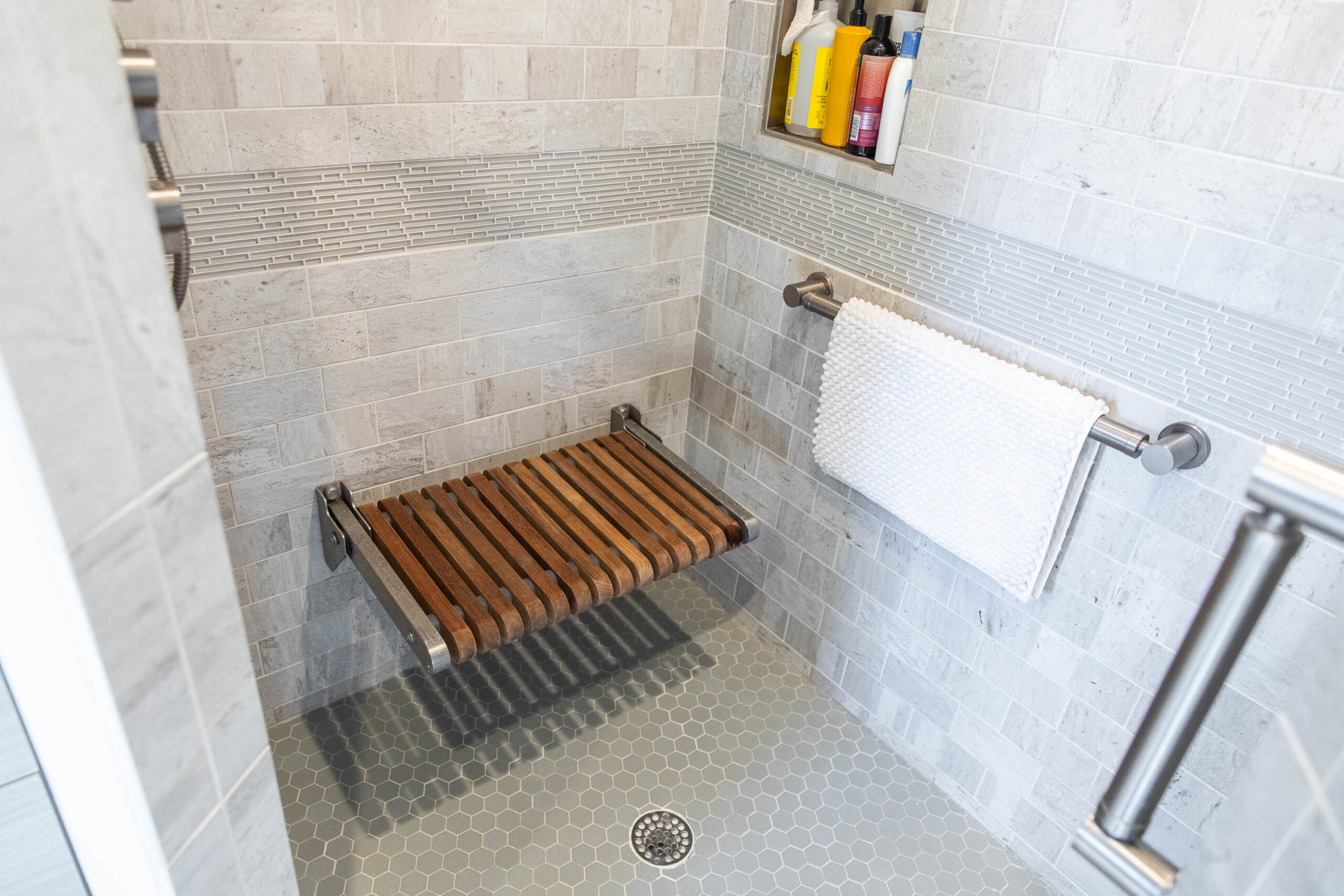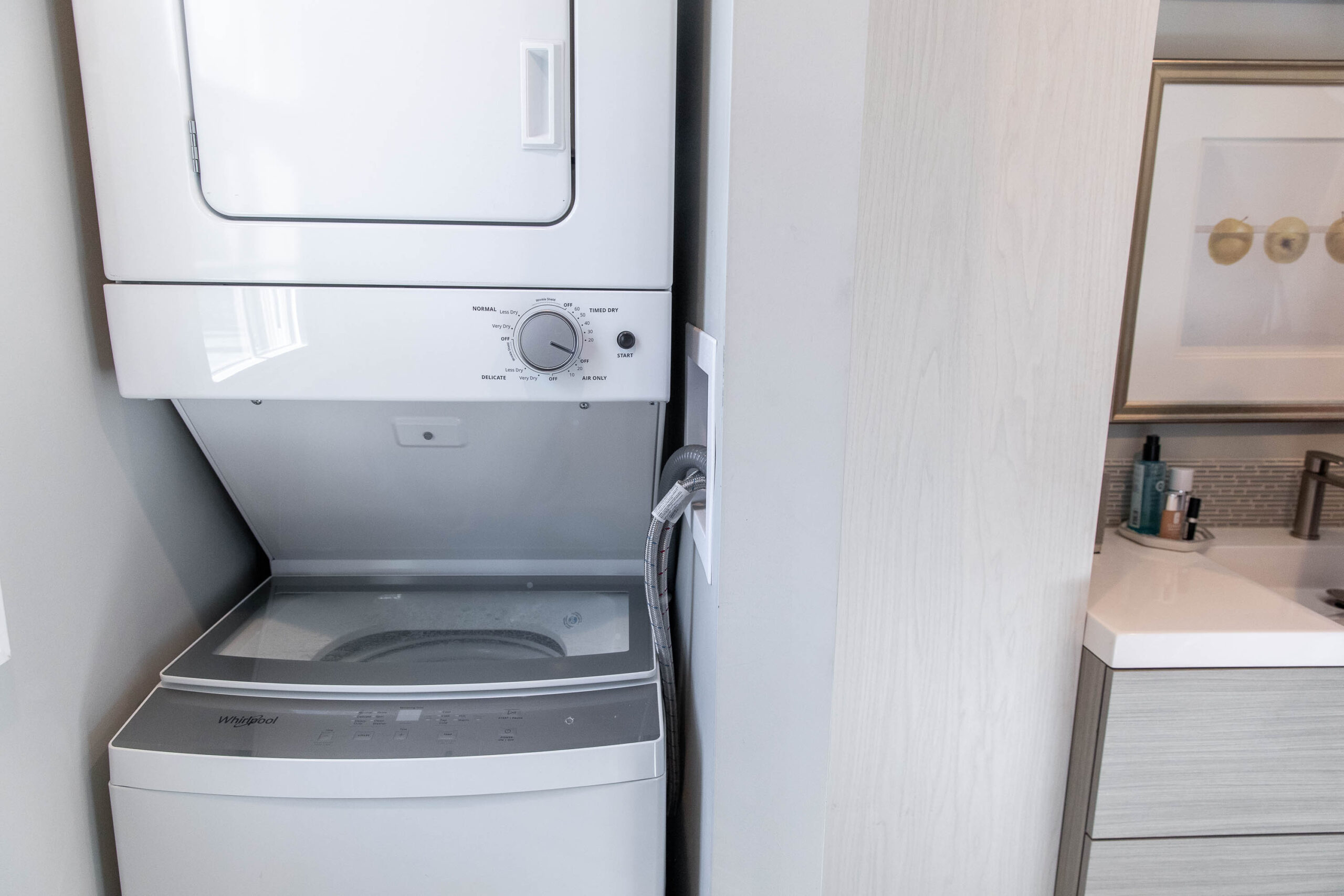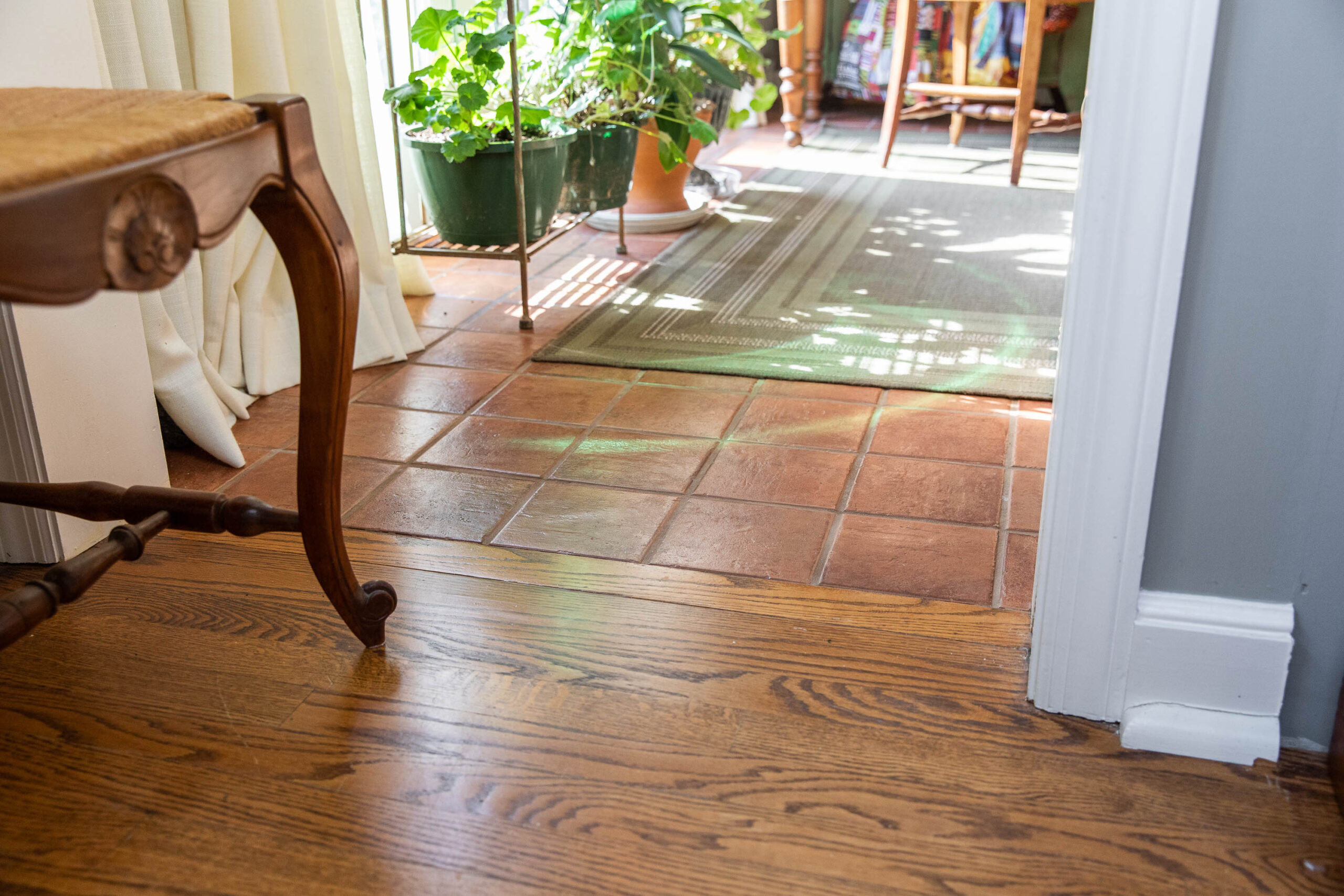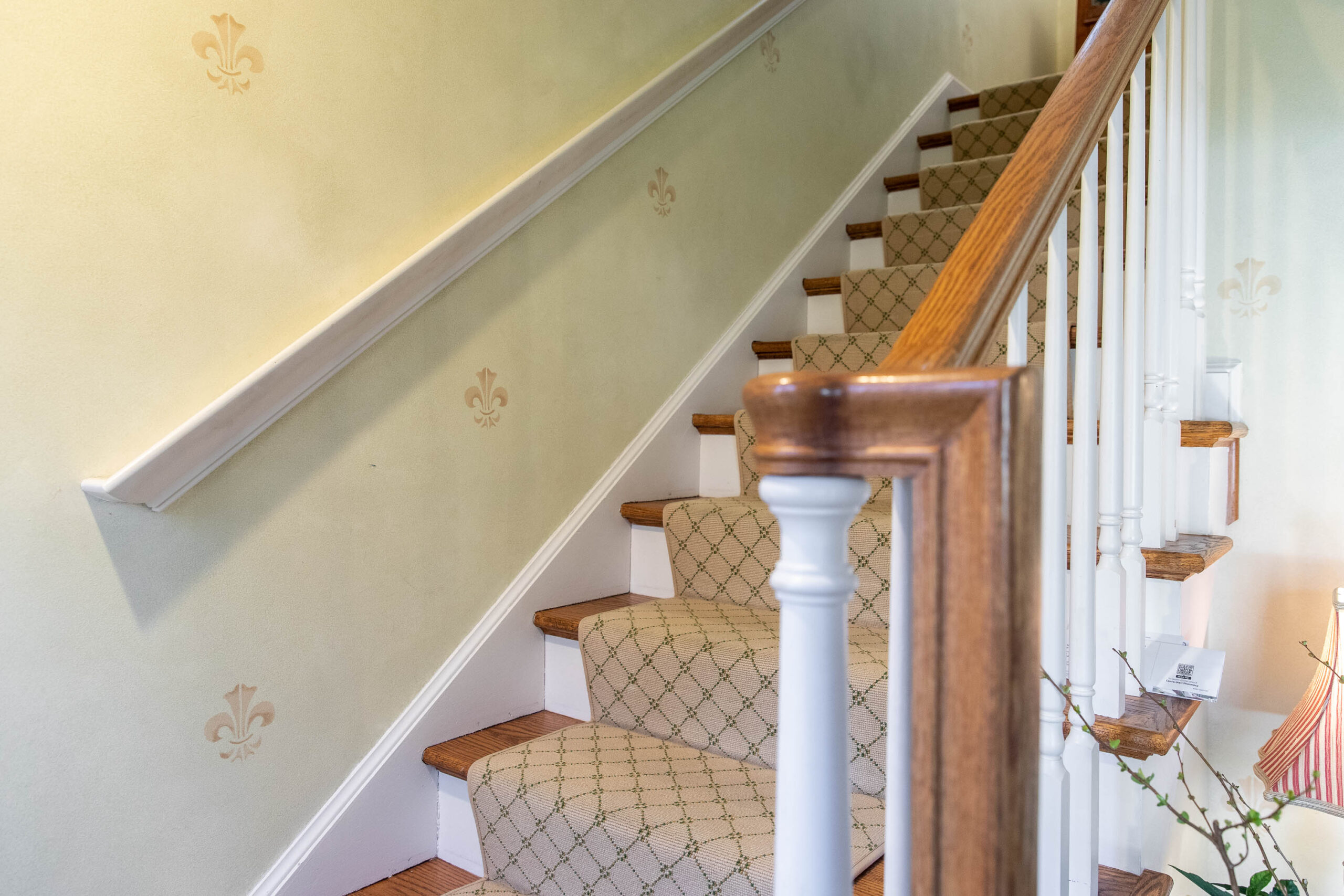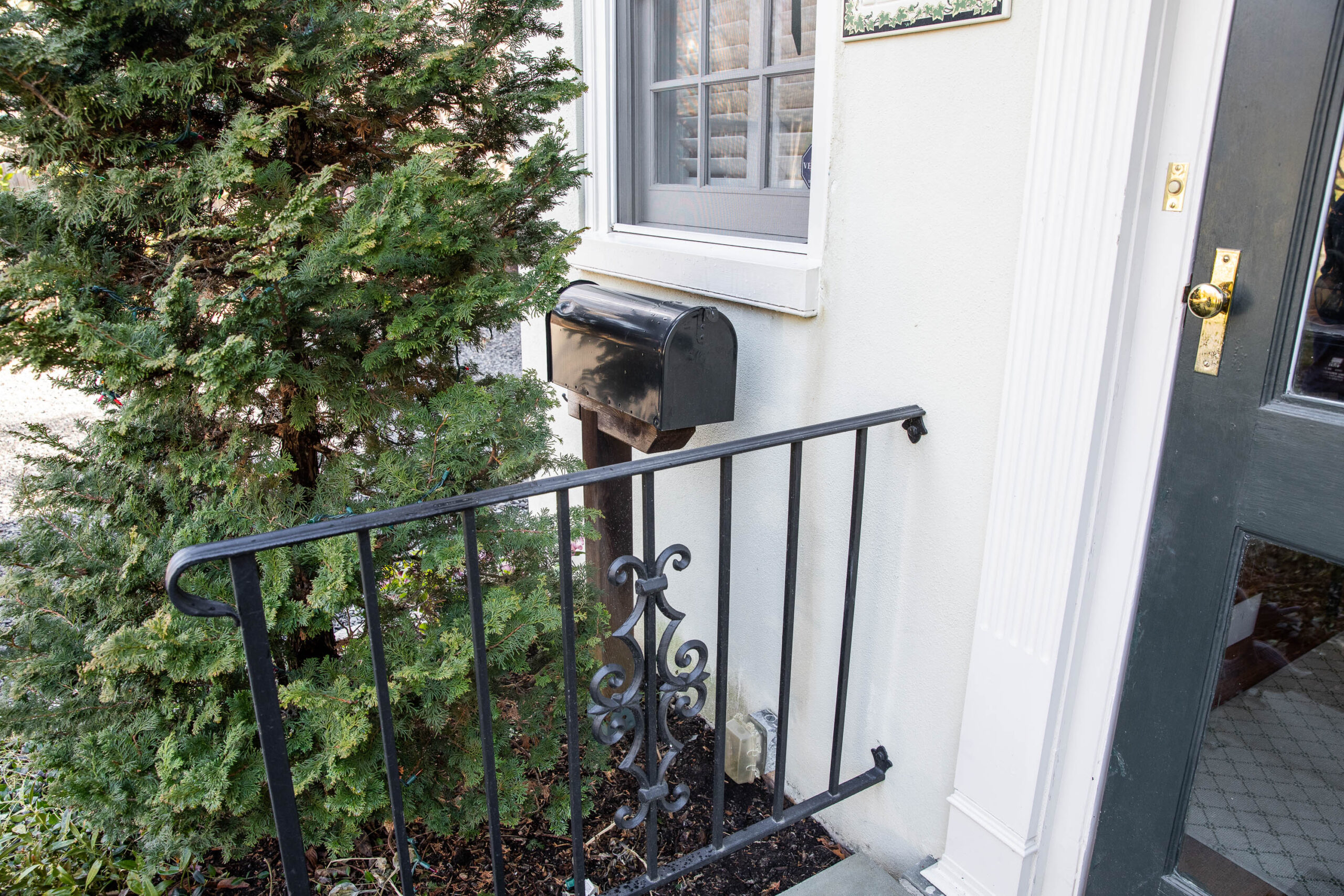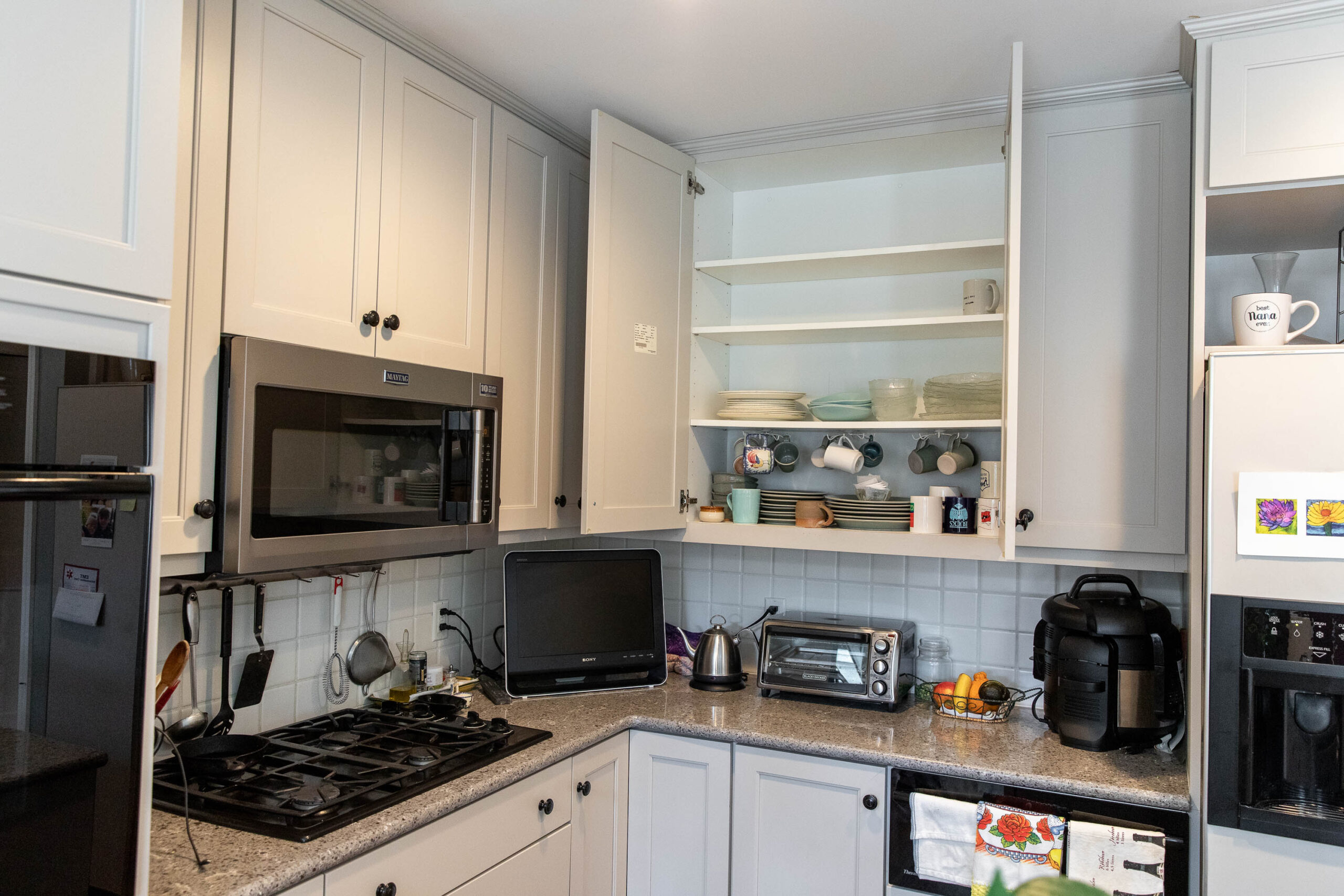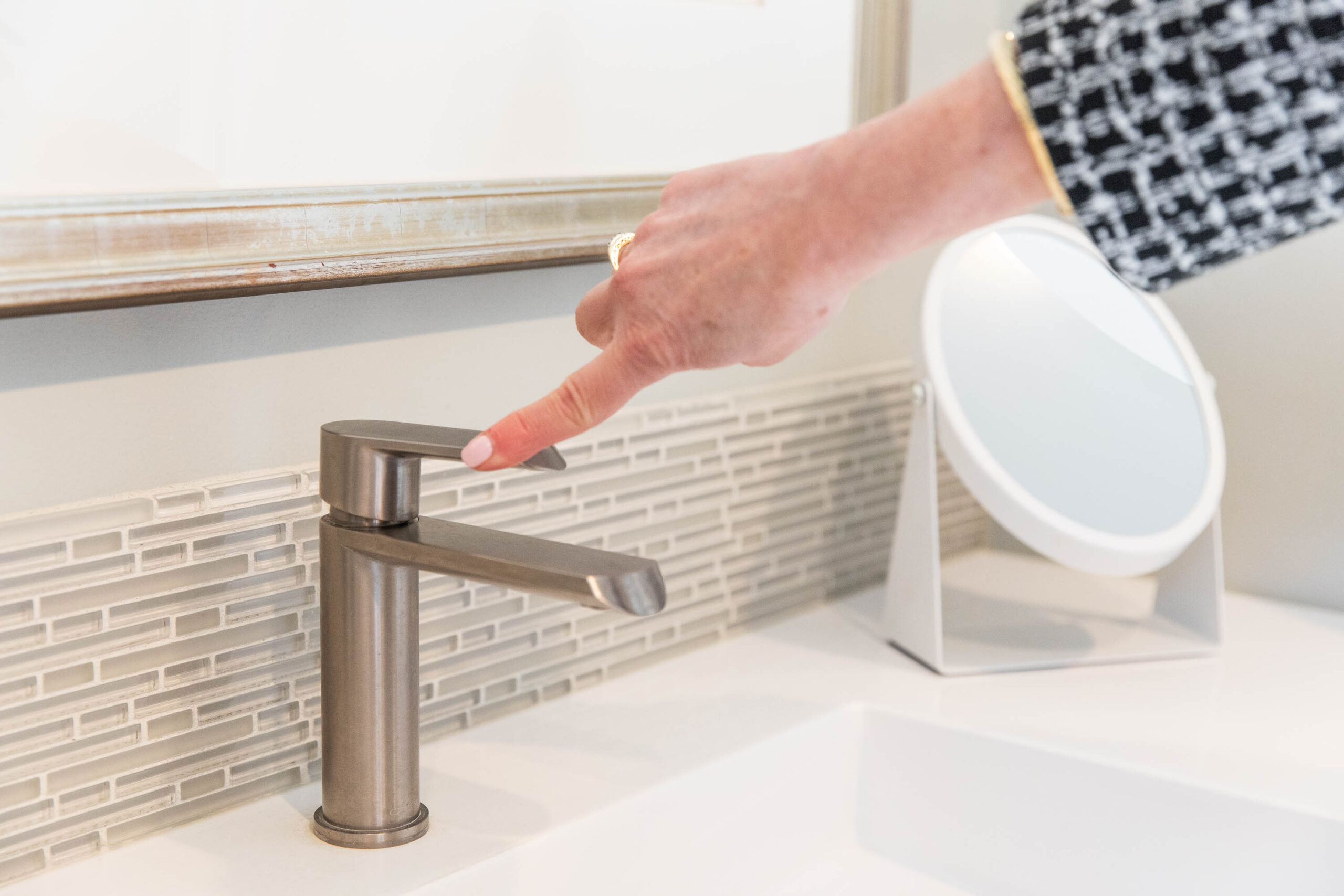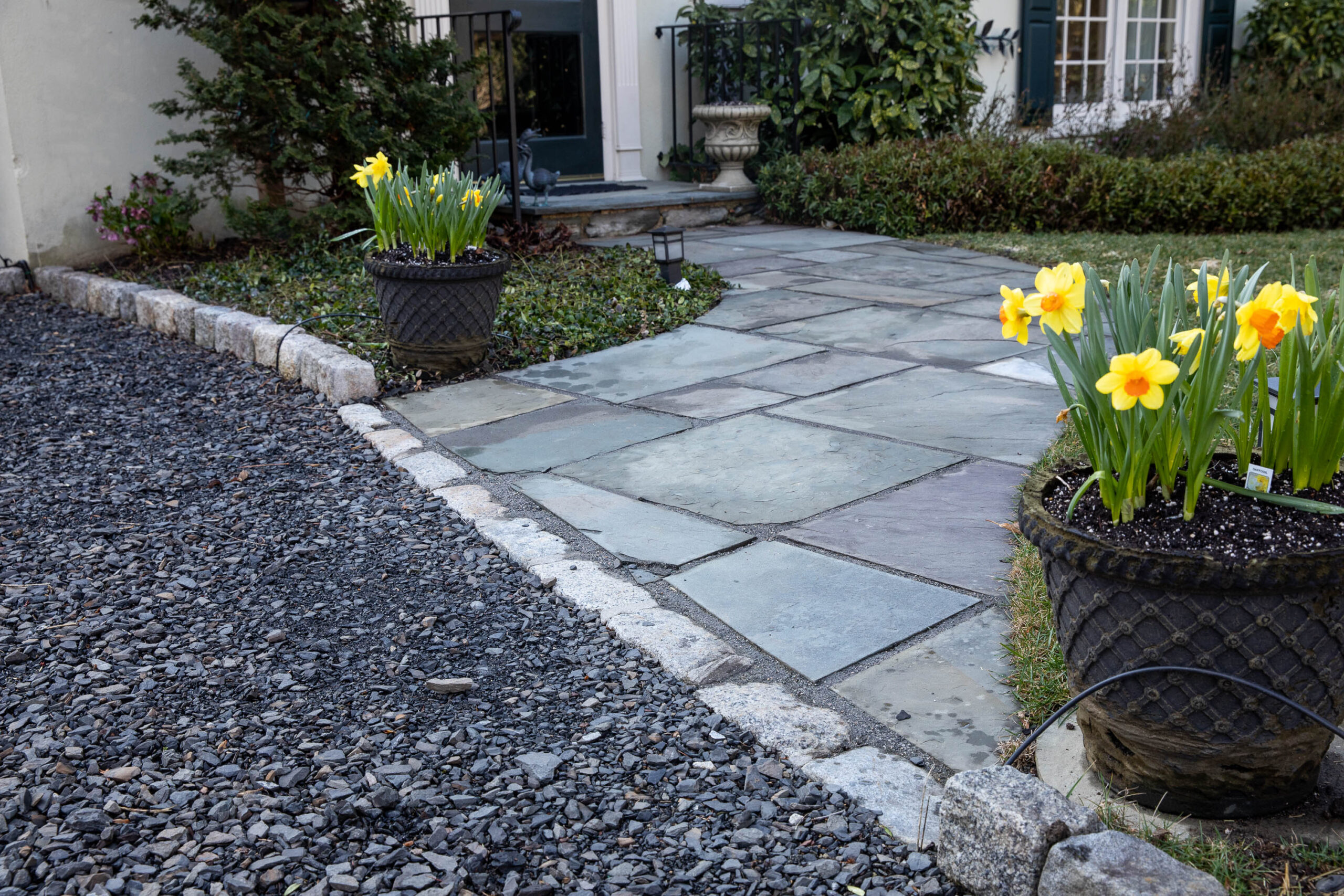What comes to mind when someone says the word “accessible” in the context of aging in place? Does it conjure up images of an institution? A sterile environment? An accessible home, when given the right foresight and consideration, can be just as “homey” as any non-accessibly transformed home.
Sadly, however, either due to the fear of creating an unattractive environment or the natural tendency to ignore a decline in health and mobility, some seniors do nothing. Ultimately, as the need for accessibility becomes imperative, they end up being forced out of their home, or with temporary solutions that may not be atheistically pleasing. The decision, and it is a decision, not to plan in one’s 50s and 60s can lead to a mad rush for a solution or a lack of funds to make the necessary accommodations later in life.
Fortunately, if properly planned, changes (some small) can often be made over time, changes that will make the house safer and more comfortable for aging in place. Recently Bode spoke with 80-year-old Cathy about her decision to age in place and the modifications she has made to allow her to stay comfortably in her home of 20 years.
Cathy came to the decision to prepare to age in place after watching the struggles her mother-in-law faced by not preparing and ending up in a poor assisted-living situation. Her mother-in-law implored her “don’t wait too long”. She took that advice to heart and after her husband passed away (at home), started making intentional plans to find a home that would allow her to age in place.
Cathy has done a remarkable job of modifying her house to ensure that she will be able to live in her home that she loves for years to come. She meticulously planned and, with a few additional minor tweaks, she will be able to stay there even if she needs a walker or wheelchair. She took care to consider her needs now and in the future, but with an eye for resale down the road.
Of the modifications she made, she created a first-floor bedroom by cutting her living/dining room in half and adding a wall. She realized she did not need such a large space – as she didn’t entertain as much as she once did. The result looks as though it has always been there and, as a bonus, the wall could be taken down to improve the resale value of the house.
For her main-floor bathroom, Cathy chose to add to the footprint of the house, adding a full bath with a walk-in shower (fully flush with the floor) and stackable laundry off her new bedroom. While this addition added to the cost of the project (she estimates she spent around $60,000 on all modifications), compared to the cost of an assisted living facility, she considers the money well spent.
She left the second floor untouched with bedrooms, bath and laundry that can be used for guests, or a caregiver should she ever require one.
For other modifications, Cathy thought of every detail. She added pocket-doors to widen doorways in case she would ever need a walker or wheelchair, “I tested to make sure a small wheelchair would fit,” she said. Well worth the effort now than to be surprised later! An extra railing on the stairs means support on both sides or both directions with a dominant hand.
The mailbox is easily accessible from the front door, the top shelves of the cabinets in the kitchen are empty and the attic and basement have been cleared. Taking these steps, she won’t be tempted to reach items on a top shelf or navigate uneven basement stairs. She encourages people to clean out in stages. “It was very hard for me to let go of things.” But she goes on to say that it in the end it was a relief to not have “so much stuff taking up so much space.”
Cathy uses her garage as her primary entrance – it has a 7” step that Cathy can navigate now. However, if at a future time she needs the assistance of a walker or wheelchair, a ramp can easily be added. While she hasn’t adopted a lot of “smart” technology, she does have an alarm system and night lighting. Her faucets are all one-touch on/off and she designed her closet to be right next to her washer/dryer – no more lugging laundry baskets through the house!
Even her garden, which brings her much enjoyment, has been modified to make it more accessible for her as she ages. She added an irrigation system and tall container pots to house her plants. She even re-sodded her lawn to remove fall-inducing lumps. She is proudly participating in a home garden tour in May.
Bode asked Cathy her best piece of advice for seniors wanting to age in place. There was no hesitation in her answer, “don’t wait too long” to plan. She also recommends employing what she calls a “paper person”, someone to help with organizing and finances (like Life Managers!). “It’s the best money I spend” she said.
Cathy said that beyond making all of these modifications for herself, she knows it gives her daughters’ peace of mind that she is safe in her own home, while preserving its value for resale.
While Cathy made the plans for modifying her home by careful thinking and observing others, not everyone may feel comfortable with that level of planning. That is where we, at Life Managers, can help. Conducting a home visit, we can help identify and strategize what modifications are necessary and what the potential costs will be, then help with the execution by recommending contractors (if necessary) and assisting with minor alterations.
Are you ready to make a plan to age in place? Remember Cathy’s advice, don’t wait too long or that non-decision today could be the ultimate deciding factor tomorrow.

